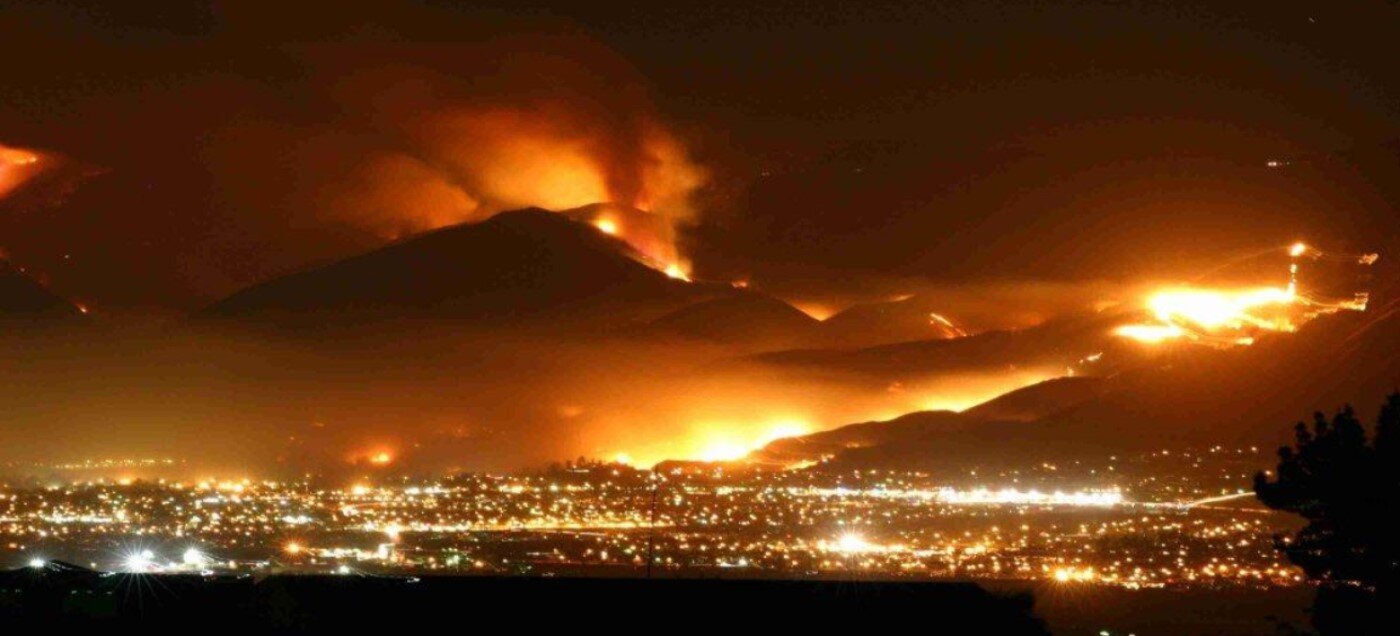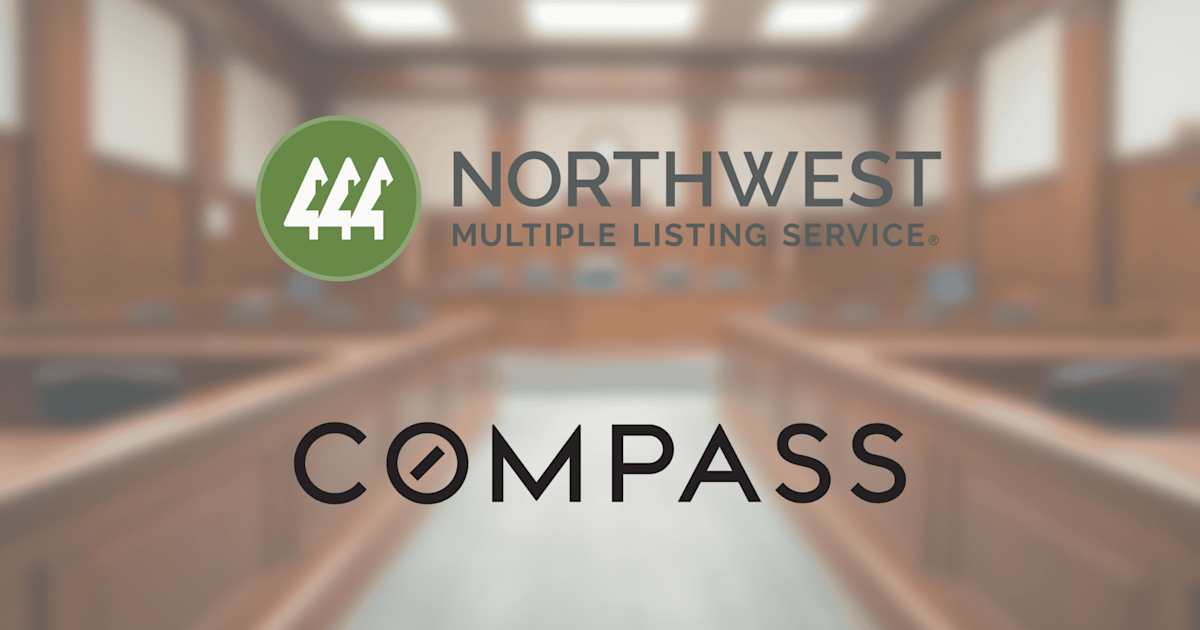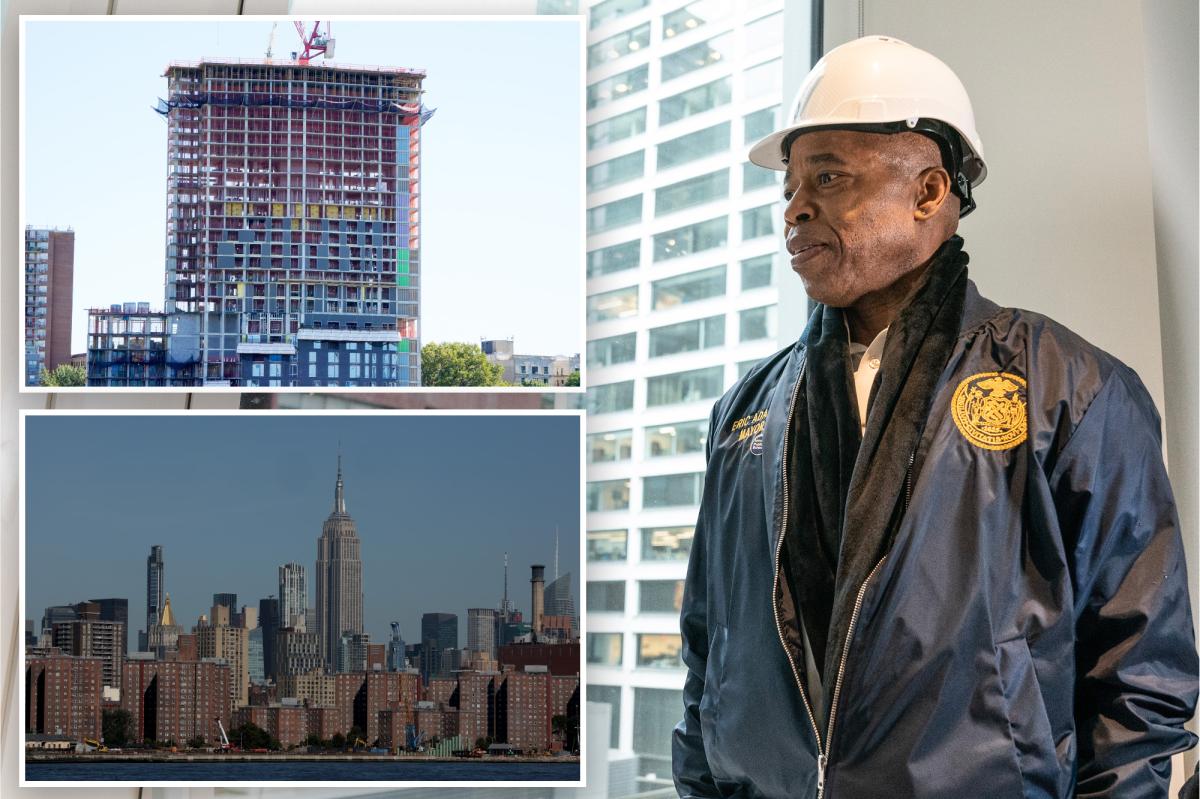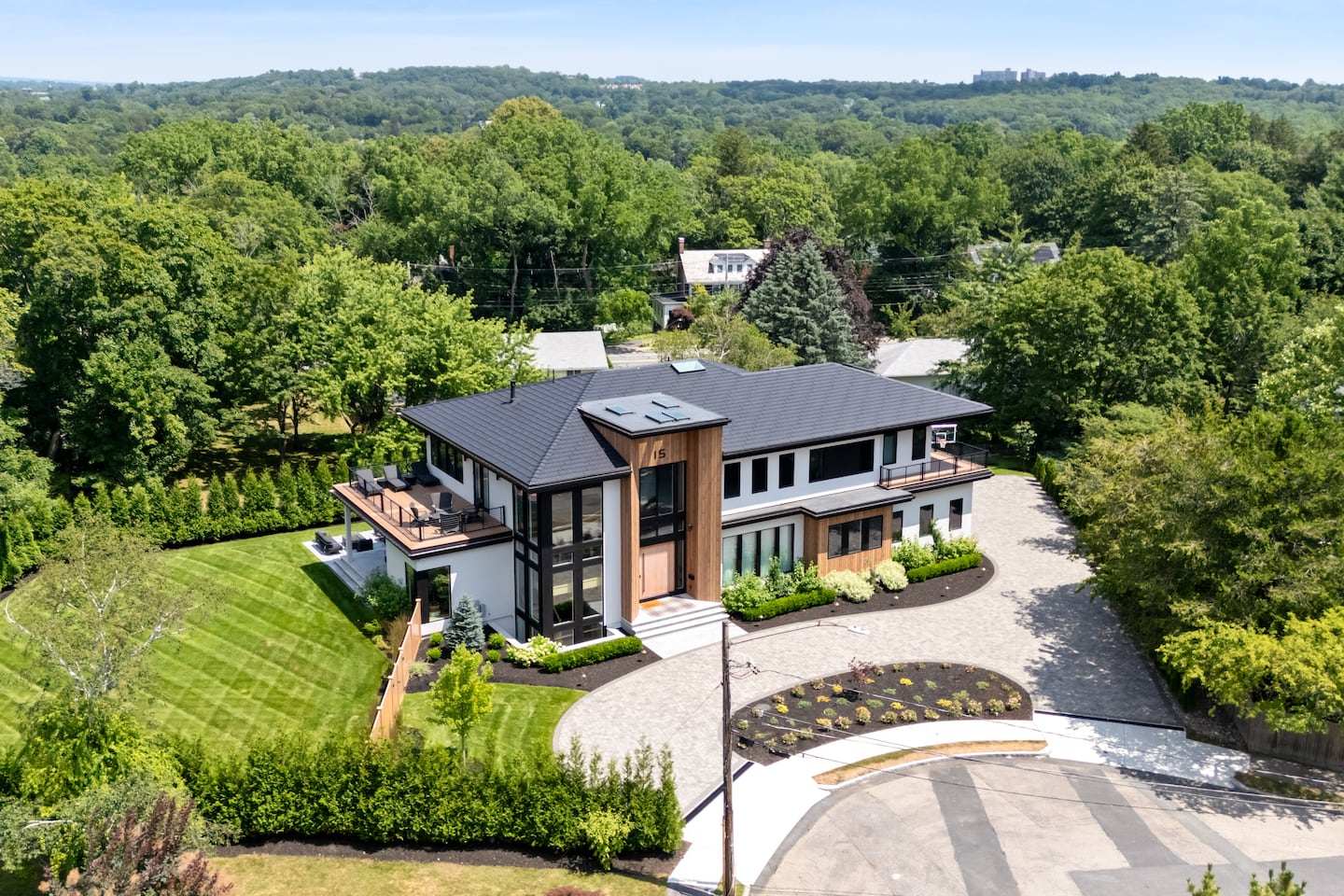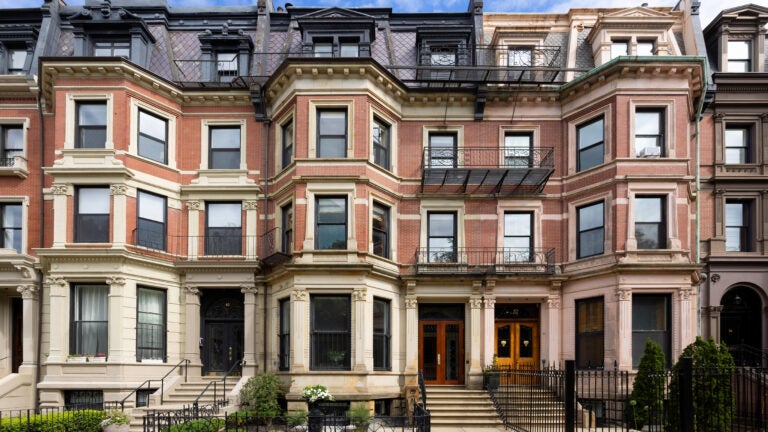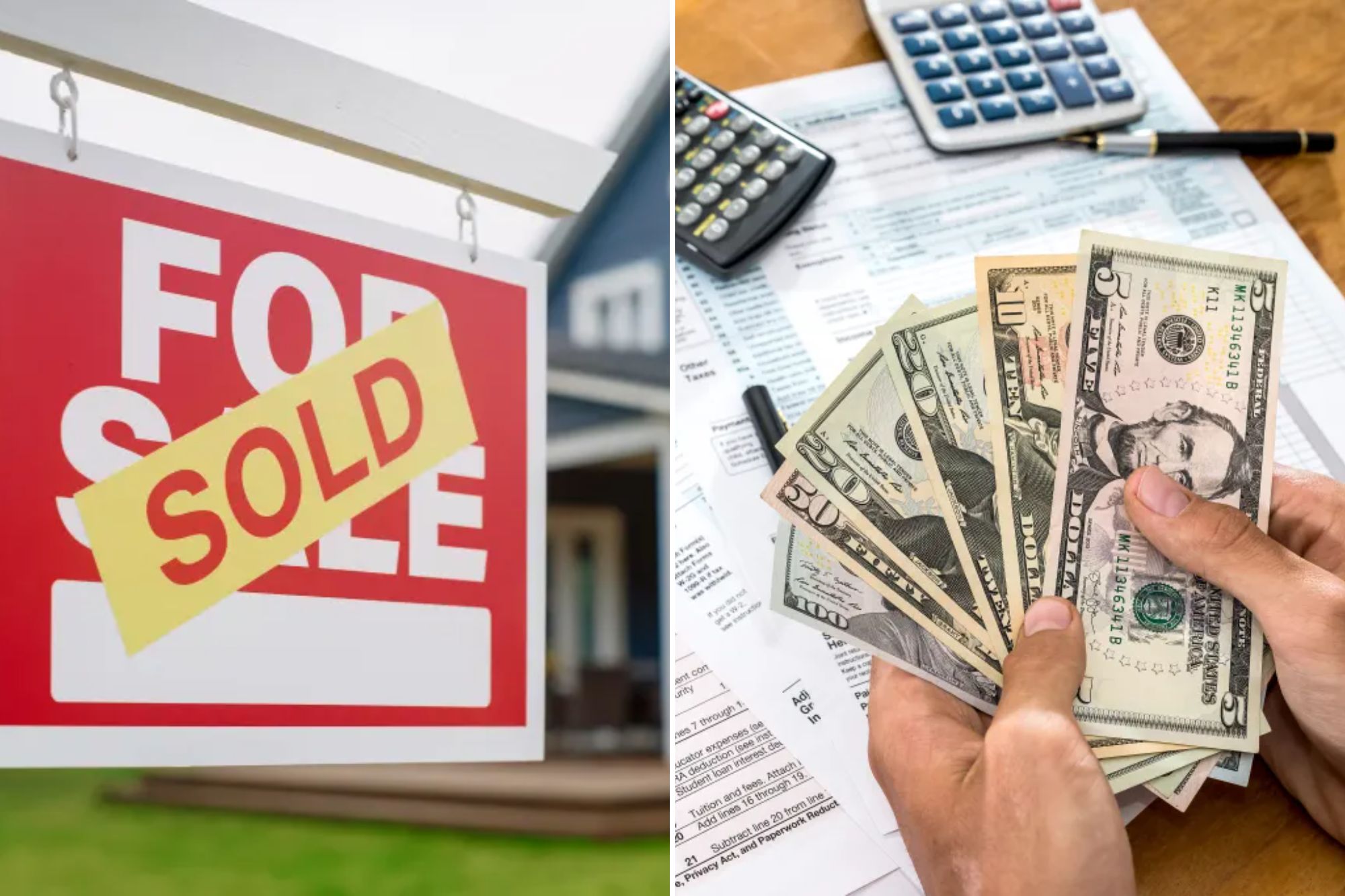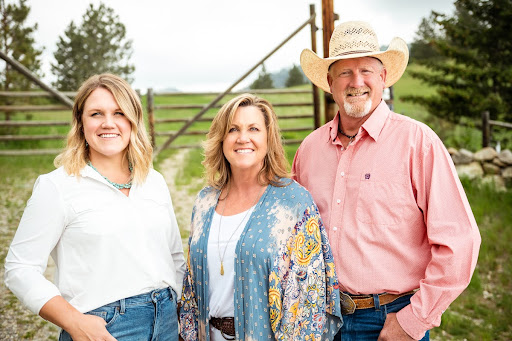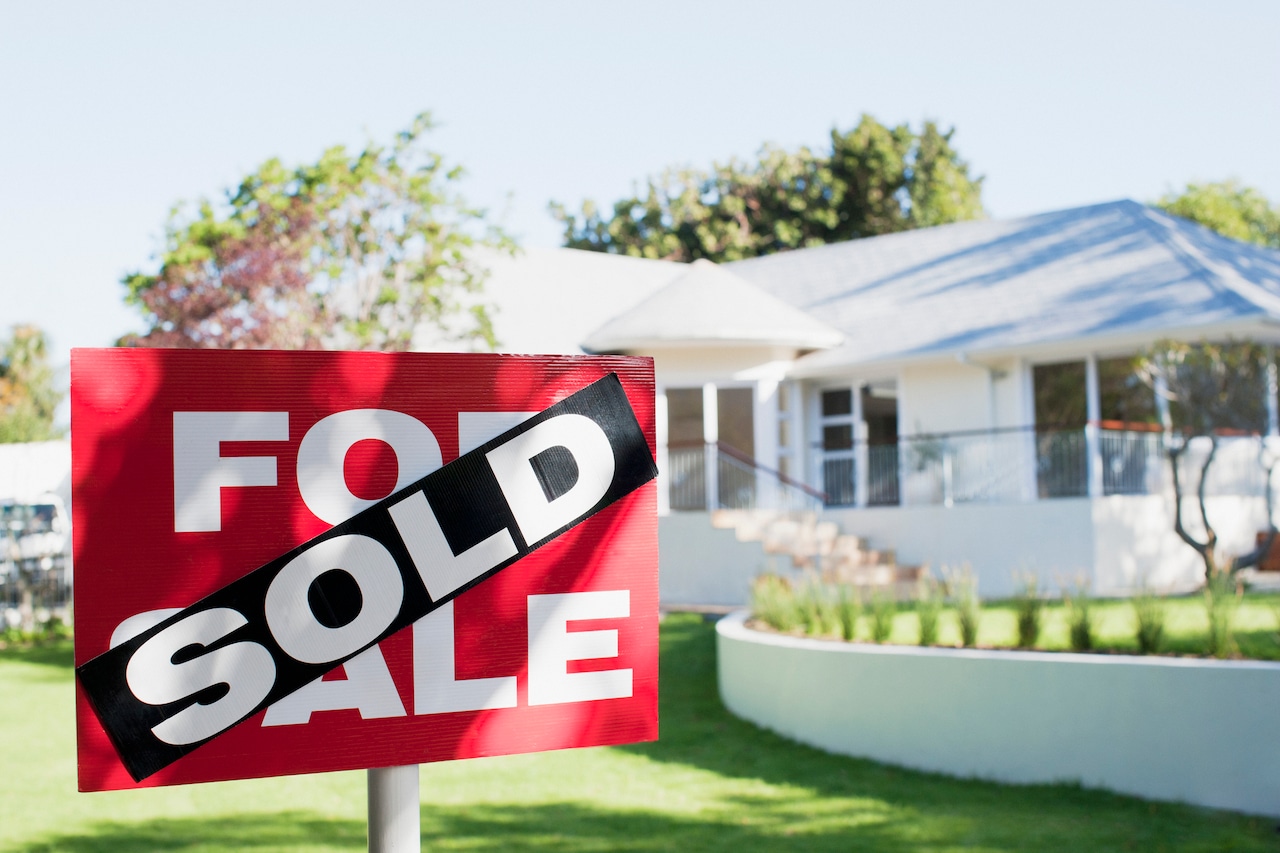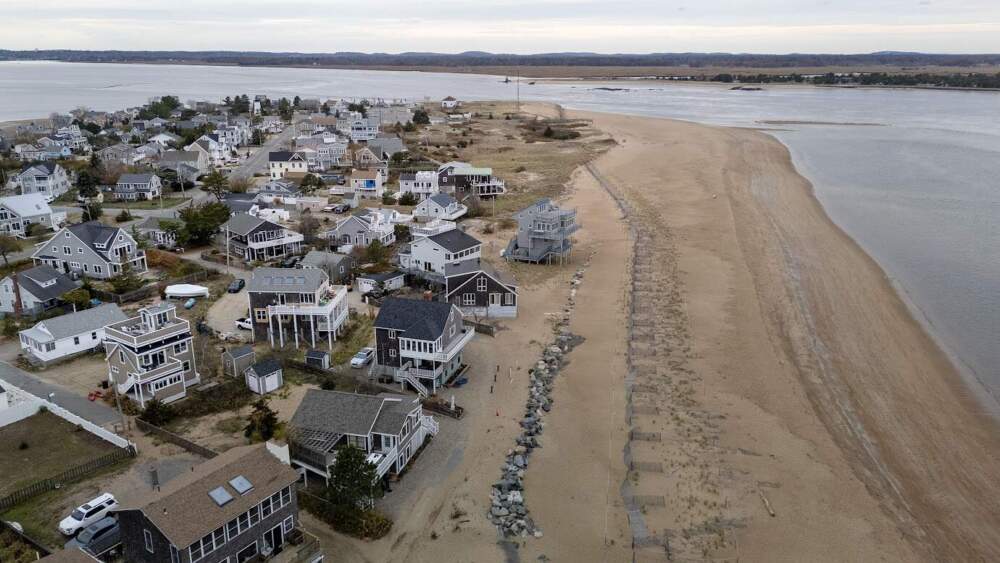B
ased on the latest data from the 2024 CoreLogic Wildfire Risk Report, over 2.6 million homes across 14 states are at high risk of wildfire damage during the upcoming wildfire season. The total cost of potential reconstruction is estimated at $1.3 trillion. The western United States has the highest risk, with three states accounting for 70% of the total risk. These states include California, Colorado, Texas, Oregon, and Arizona, where a significant number of homes are located in undeveloped areas or near wildlife such as trees and vegetation, increasing their risk of wildfire exposure.
The Los Angeles metropolitan area has the highest number of homes at risk, with over 245,000 homes facing a moderate to high risk of wildfire damage, representing a total reconstruction value of $186.6 billion. However, not all homes that experience a loss in a wildfire scenario will be a total loss.
In recent years, there have been several devastating wildfires in unexpected places, highlighting the need for a better understanding of the risk landscape and effective mitigation strategies. Jon Schneyer, CoreLogic's director of catastrophe response, emphasizes the importance of both insurers and consumers taking action to ensure adequate protection. Although the numbers may seem overwhelming, research shows that mitigation efforts can significantly reduce potential losses from wildfires.
Effective mitigation strategies involve a combined effort between communities and individuals. Some individual mitigation tactics include creating a five-foot buffer around the home by removing vegetation, trees, overhanging branches, grass/turf, wood fencing, etc., within five feet of the home; not storing anything, including vehicles, within the five-foot buffer zone; preparing the home with a Class A-fire rated roof, metal gutters, and ember-resistant vents; and maintaining the deck and yard within 30 feet of the home by routinely clearing tree debris, replacing combustible furniture, and moving firewood and propane tanks.
On the community level, effective mitigation efforts include leveraging Wildfire Informed Development Patterns- strategic planning of development patterns informed by wildfire risk; selectively decreasing the number of structures within town boundaries, focusing on rebuilding in areas with lower wildfire risk; and implementing external buffers- well-maintained areas with low fire spread potential on the border of the town.
Sign up for our free weekly newsletter to stay updated on relevant real estate news, actionable market intelligence, and receive it right to your inbox every week.
